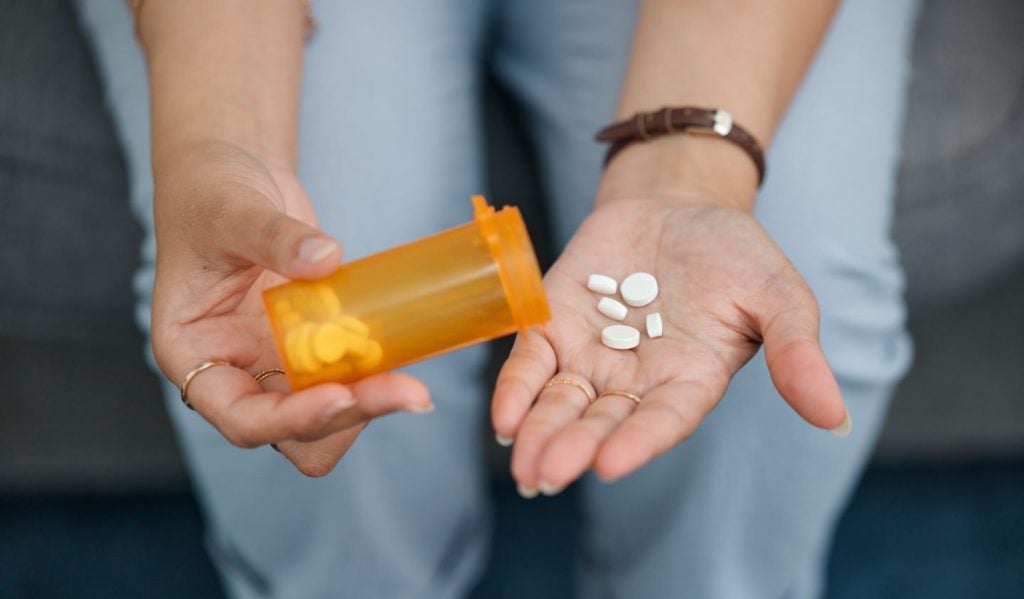As the international COP28 climate conference comes to a close this week, a historic text calling for all parties to “[transition] away from fossil fuels in energy systems” marked a significant leap forward in combatting climate change and toward building a resilient society. The conference highlighted the impending environmental changes as experts discussed the need to start preparing for climate change’s effects.
Underlined in the COP28 “Declaration on climate relief, recovery and peace,” a key focus of the conference was resources for “climate adaptation and resilience building” in the context of climate change. This resilience is necessary to maintain access to necessities such as food and pharmaceuticals. “We need to mitigate climate change, but also adapt to its inevitable effects such that societies, ecosystems and industries are less vulnerable to the increasing severity of weather extremes,” says Richard Allan, PhD, a professor of climate science at the University of Reading.
The 2015 Paris agreement centred on preventing global temperatures from exceeding preindustrial levels by over 2°C and carving a path to net zero targets.
However, Allan expresses concern about the likelihood of reaching the goal as the earth’s temperature already stands at approximately 1.3°C above preindustrial levels. Before the conference, several parties had reported on efforts not being on target to meet the goals set in the Paris agreement. “Based on the evidence, we would likely see more extreme effects of climate change above those levels,” he says.
ManMohan Sodhi, PhD, a professor of operations and supply chain management at the Bayes Business School, University College London, explains that the pharmaceutical sector is likely to be majorly affected by these changes and thus must consider climate change as a possible supply chain risk factor now. Whilst several countries and industries announced the intention to step up to the plate to slow down global warming, efforts are also underway to build stronger systems that can sustain the effects of global warming. It is evident that pharma also faces steep challenges in converting its practices to aid the anti-global warming efforts, adds Amy Booth, a postdoctoral researcher at the University of Oxford.
Impacts of climate change
Extreme weather conditions like an increasing number of intense rainfall events, drought, and extreme heat have repeatedly been in the news this year. In July, a tornado at Pfizer’s Rocky Mount, North Carolina, factory caused severe damages to the plant, which produced anaesthetics and almost 25% of all sterile injectable medications used in US hospitals, according to Pfizer’s website. Dr. Ivan Lugovoi, a professor at Kühne Logistics University, says this is an example of the type of risk pharmaceutical companies need to prepare their supply chains for, given climate change. He says that resilience against such things is attractive to partners and potential venture capitalists.
This challenge exists in all parts of the world. Sodhi highlights the recent floods in November in Dubai as an unforeseen circumstance that could have affected any pharmaceutical manufacturing plants in the area. Such events can directly affect drug transport and manufacturing operations for companies, he adds.
Parts of South America, Southern Africa, and Australia are more likely to see more frequent and intense drought events, says Allan. “If you’ve got certain regions all suffering severe events at the same time, that can also have a bigger effect, because you’re disrupting the global supply chain, possibly affecting the pharmaceutical industry,” says Allan. Such changes would restrict transport of essential materials via air or water transport routes and would likely cause severe global drug shortages.
Moreover, Allan says the UK, Europe, and the US could be likely candidates for sustained dry then wet periods. He explains that the pharmaceutical industry can help mitigate its contribution to the problem by reducing the emission of greenhouse gases in companies’ supply chains. This can be done through the electrifying of energy operations. However, he says that the rising sea levels due to the melting of the polar ice caps is irreversible at this point, meaning that countries must begin adapting now.
Climate preparedness in the supply chain
Pharmaceutical companies face two major risk types, supply risk and demand risk, as per Sodhi. Supply risk is dictated by risks to the supply chain that disrupt the storage, transport, or production of product, whereas demand risk involves an ability to meet the demand for pharmaceutical products, he explains.
Sodhi says that many companies tackle the demand issue by producing a large quantity of stock, but the supply issue is often mitigated in several ways. Sodhi lists potential ways to reduce supply risk, such as building up inventory, and extending planning times to account for long-term risks.
Of the several ways in which climate change is manifesting, Allan considers the changes in temperature to potentially be a particular issue for the pharmaceutical industry due to the need to store and use medicines at certain temperatures. Sodhi says that companies examine the risk of medicine spoilage due to higher temperatures by incorporating temperature control measures in production plants and transport methods. “This could cause a much bigger problem downstream if it has an adverse effect on people,” he says. Sodhi also says that companies must keep a constant supply by putting protections in place for facilities in at-risk areas.
Whilst using multiple suppliers for materials could alleviate some issues, this is also not an option for drug manufacturers using rarer materials, says Lugovoi. Increasing capacity by increasing suppliers is also tricky because most companies desire to be a primary supplier. He says suppliers will be uninterested in a deal where they only take on 50% of a company’s supply needs whilst another fulfills the rest.
Companies can anticipate problems caused by a breakdown at a particular facility by having multiple plants producing the necessary materials, such that if an incident happens to one, they still have enough supply to meet demand. However, Lugovoi says this option may only be viable for larger companies who can afford the financial investment needed, and withstand additional costs. Thus, he said that climate resilience in the pharma supply chain needs to become a “public issue.” This would lead to reduced supply chain disruptions and increased health outcomes that authorities would appreciate, he explains.
Booth emphasies that in order to prepare supply chains for climate change, companies also need to reduce their contribution to the problem. Things like the switch from “air to ship” drug transport, the use of renewable energy infrastructures, and the introduction of green chemistry to manufacturing processes are positive steps. However, Booth is skeptical about the industry’s incentives to reduce its impact. Lugovoi says that the industry could benefit from state assistance, to ensure that the pharmaceutical supply chain is undisrupted by climate change’s effects.
“Unless the broader global economic system changes and unless we transition to renewable energy at a global scale, I think industries are going to have their hands tied…as long as the pharmaceutical industry is tied to money, there is very little incentive to reduce production of greenhouse gases,” says Booth.















